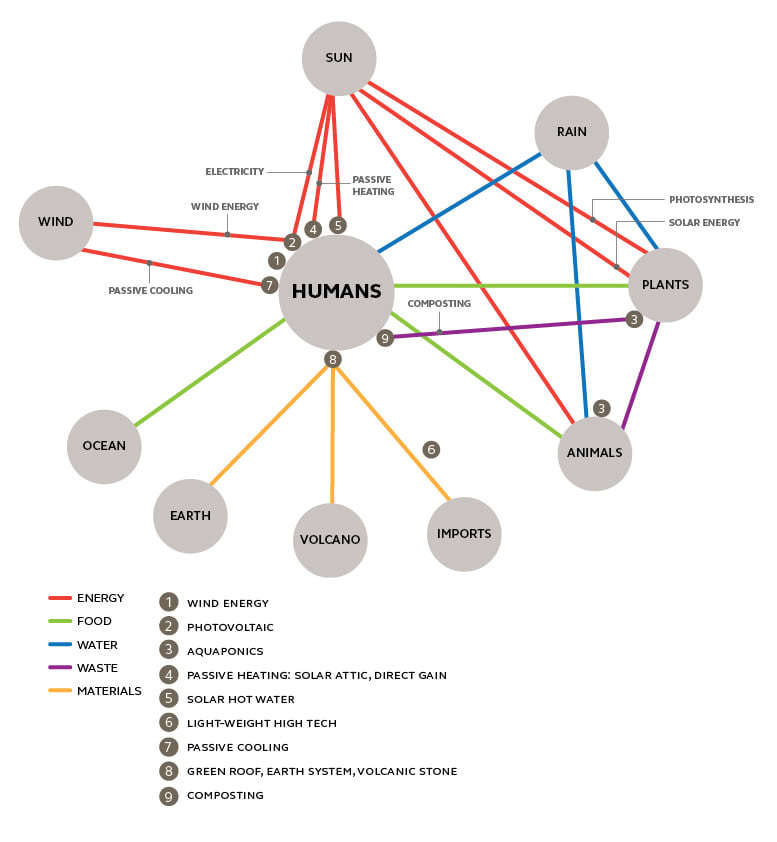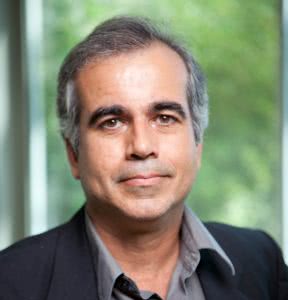
Sustainable Solutions for the Middle of Nowhere
Pablo La Roche, leader of CallisonRTKL’s Performance-Driven DesignSM team, talks about his holistic design approach to the world’s most remote inhabited island.
Green, net zero and carbon negative buildings are all the rage. Cities around the globe, from Los Angeles to Shanghai, are vying to cut emissions through tax incentives and transit innovations. But how do the world’s less cosmopolitan places deal with climate change? How can remote populations ensure that their communities will stand the test of time? CallisonRTKL’s Pablo La Roche went to extremes to find out.
Tristan da Cunha is the most remote inhabited island in the world. The island is the veritable definition of the middle of nowhere, sitting in the south Atlantic about 1,750 miles (that’s 7-10 days sailing) southwest of Cape Town. Adding even more to its secluded appeal, the island is only accessible by sea about 60 days out of the year. Less than 300 people currently live on the island and almost all of them can trace their ancestry back to a handful of original settlers. Once an important stopping point for long sea voyages, the community was restored to isolation after the opening of the Suez Canal in 1869 significantly reduced the number of travelers and ships visiting the island.
The United Kingdom officially annexed the island in 1816. As part of 200th anniversary celebrations, the Tristanians engaged design teams around the world to look at their built environment and suggest how they might improve the energy efficiency of their homes and government buildings. The ultimate goal of the competition was to help the community become self-sustainable, self-reliant and ensure that Edinburgh of the Seven Seas, the island’s only settlement, remains viable for future generations.
As part of the competition, La Roche and his team wanted to provide a holistic, self-sustaining solution that would continue to work for generations.
“The Tristanians specifically asked for approaches to redesign and consolidate the island’s government buildings, initiatives that would improve living standards and the performance of residential properties, and ideas to improve the island’s agrarian systems to better support grazing and growth of fresh produce throughout the year. Ultimately, any solution would also have to be cost-effective as well,” says La Roche.
Closed Loops and Regeneration
CRTKL’s solution emphasizes regenerative closed-loop cycles that harness natural systems, using low-tech innovations to ensure long-term feasibility for the community.
“We incorporated solar and wind power for electricity, heating and cooling. But we thought it was important to add passive heating for existing buildings, which not only reduces emissions but has the added benefit of reducing mold,” La Roche added.

Of course, the community has other basic needs that go beyond electricity, namely food, clothing and income. In looking at the island as an ecosystem, the Tristanians already rely on local crops, the ocean, cattle and sheep, which also produce wool for breathable building insulation. Animal waste is used as fertilizer and La Roche’s solution includes silvopasture systems that increase the synergy between animals (food) and trees, sand and volcanic stone (construction materials). CRTKL proposed a phased intervention that also creates a sense of place through minimal strategic intervention.
“At the end of the day, these are real people who have to implement these changes themselves. Often, our projects are based on advising large developers on reducing their greenhouse gas emissions or minimizing the environmental impact of a mixed-use development. Working for the existing community and way of life on Tristan da Cunha was a challenge that became a labor of love for the team.”
The CRTKL team that worked on the project includes: Pablo La Roche, Arianne Ponce, Amar Shah, Irene Chang, Tammy Sam, Airene Batungbakal and Jin Wu.
About Our Expert
Pablo La Roche
LEED AP BD+C
Associate Vice President

